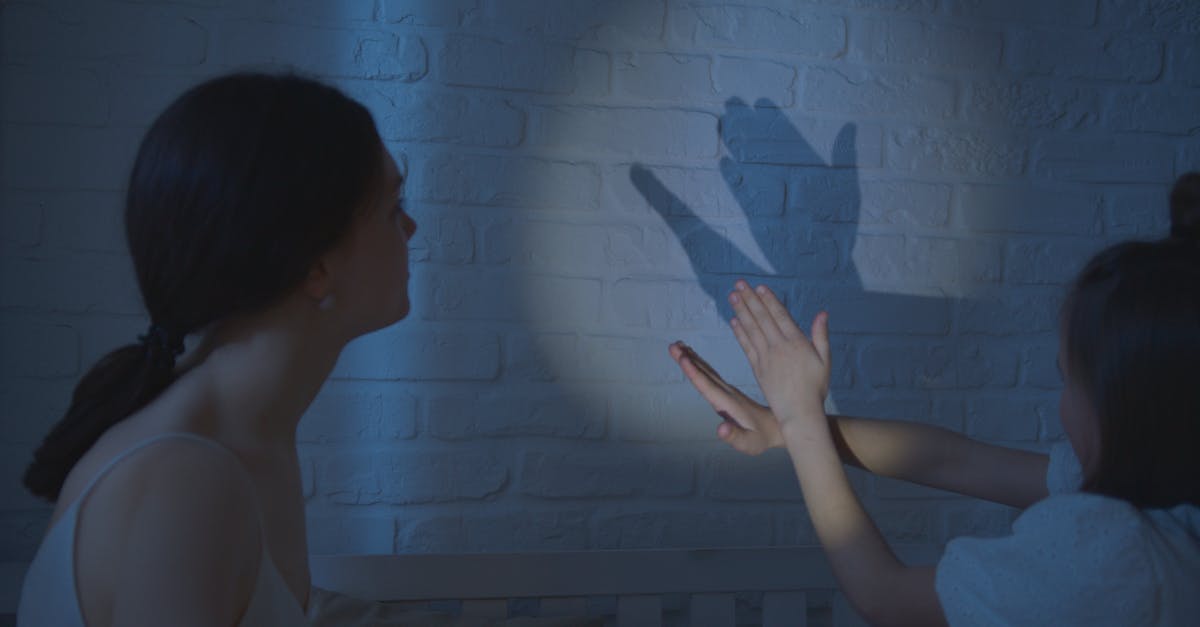# 7 Intriguing Insights into “The Fall of the House of Usher” Summary You Need to Know
Edgar Allan Poe’s “The Fall of the House of Usher” is a haunting tale that delves into themes of madness, isolation, and the supernatural. This classic short story captivates readers with its eerie atmosphere and profound psychological depth. Below is a structured summary that outlines the key elements of the narrative, accompanied by detailed explanations of each component.
| Element | Description |
|---|---|
| Setting | The decaying Usher mansion and its surroundings |
| Main Characters | Roderick Usher and Madeline Usher |
| Plot Overview | The narrator visits Roderick Usher, leading to unsettling revelations |
| Themes | Madness, fear, and the supernatural |
| Symbolism | The house as a reflection of the Usher family’s decline |
| Climax | The dramatic return of Madeline and the house’s collapse |
| Conclusion | The fate of the Usher family and the house itself |
Setting
The story is set in the Usher mansion, a dark and foreboding structure that mirrors the decay of its inhabitants. Surrounded by a bleak landscape, the house stands as a symbol of the Usher family’s decline. The atmosphere is thick with gloom, creating a sense of dread that permeates the narrative. The mansion’s decaying walls and eerie ambiance play a crucial role in establishing the story’s gothic tone.

Main Characters
The central figures in this tale are Roderick Usher and his sister, Madeline. Roderick is an artist plagued by intense fears and sensitivities, while Madeline suffers from a mysterious illness that leaves her in a catatonic state. Their complex relationship, marked by deep emotional ties and shared trauma, drives the narrative forward. Roderick’s deteriorating mental state and Madeline’s enigmatic condition serve as critical elements in the unfolding drama.

Plot Overview
<p"The Fall of the House of Usher" begins with the unnamed narrator arriving at the Usher mansion to visit his childhood friend, Roderick Usher. Roderick has invited him due to his deteriorating health and mental state. As the narrator spends time with Roderick, he becomes increasingly aware of the oppressive atmosphere of the house and the deep bond between the Usher siblings. The plot thickens as Roderick reveals his fears and the mysterious circumstances surrounding Madeline's illness, setting the stage for the story's climax.
Themes
The story explores several profound themes, including madness, fear, and the supernatural. Madness is depicted through Roderick’s psychological unraveling and his intense fears, which ultimately lead to chaos. The supernatural elements are woven throughout the narrative, as the eerie atmosphere and the presence of the seemingly undead Madeline blur the lines between reality and the supernatural. These themes resonate with readers, inviting them to reflect on the nature of fear and the mind.

Symbolism
The Usher mansion itself serves as a powerful symbol of the family’s decline. Its crumbling walls and dark, oppressive atmosphere reflect Roderick and Madeline’s deteriorating mental and physical states. The house is more than just a setting; it embodies the legacy of the Usher family and the weight of their ancestral history. As the story progresses, the house becomes increasingly intertwined with the fate of its inhabitants, culminating in a dramatic and symbolic collapse.

Climax
The climax of the story occurs when Madeline, thought to be dead, returns in a state of horror. Roderick’s reaction to her return and the subsequent events lead to a catastrophic conclusion. As the house collapses, it symbolizes the final destruction of the Usher family line. This moment is charged with emotional intensity, showcasing Poe’s mastery of suspense and horror, ultimately leaving readers in shock as the narrative reaches its zenith.

Conclusion
The tale concludes with the complete destruction of the Usher family and their ancestral home. As the narrator escapes the collapsing mansion, he reflects on the tragic fate of his friend and the eerie legacy of the Usher family. The story leaves readers with a haunting sense of loss and the impact of madness and isolation. Poe’s masterful storytelling and rich symbolism culminate in a chilling reminder of the fragility of the human mind and the inevitable decay of life.

FAQ
What is the main theme of “The Fall of the House of Usher”?
The main theme of the story revolves around madness, isolation, and the supernatural. It explores how fear and psychological turmoil can lead to one’s downfall, both mentally and physically. The symbolism of the house and its connection to the Usher family enhances these themes, making them resonate throughout the narrative.
Who are the main characters in the story?
The main characters are Roderick Usher and his sister Madeline Usher. Roderick is a troubled artist grappling with intense fears, while Madeline suffers from a mysterious illness that ultimately leads to her demise. Their complex relationship and shared trauma are central to the story’s development.
How does the setting contribute to the story’s atmosphere?
The setting of the Usher mansion is crucial in establishing the story’s gothic atmosphere. The decaying structure, surrounded by a bleak landscape, creates a sense of foreboding and dread. The oppressive ambiance of the house mirrors the psychological decline of its inhabitants, enhancing the overall mood of the narrative.
What does the house symbolize in the story?
The Usher mansion symbolizes the decline of the Usher family and the weight of their ancestral history. Its crumbling walls and dark atmosphere reflect the deteriorating mental and physical states of Roderick and Madeline. The house’s ultimate collapse signifies the complete destruction of the Usher lineage.
Where can I find more information about Edgar Allan Poe and his works?
For more information on Edgar Allan Poe and his literary contributions, you can visit trusted sources such as the [Library of Congress](https://www.loc.gov) and the [Edgar Allan Poe Society](http://www.eapoe.org). These sites provide comprehensive insights into his life and works, enhancing your understanding of his influence on literature.
References: [Library of Congress](https://www.loc.gov), [Edgar Allan Poe Society](http://www.eapoe.org)
